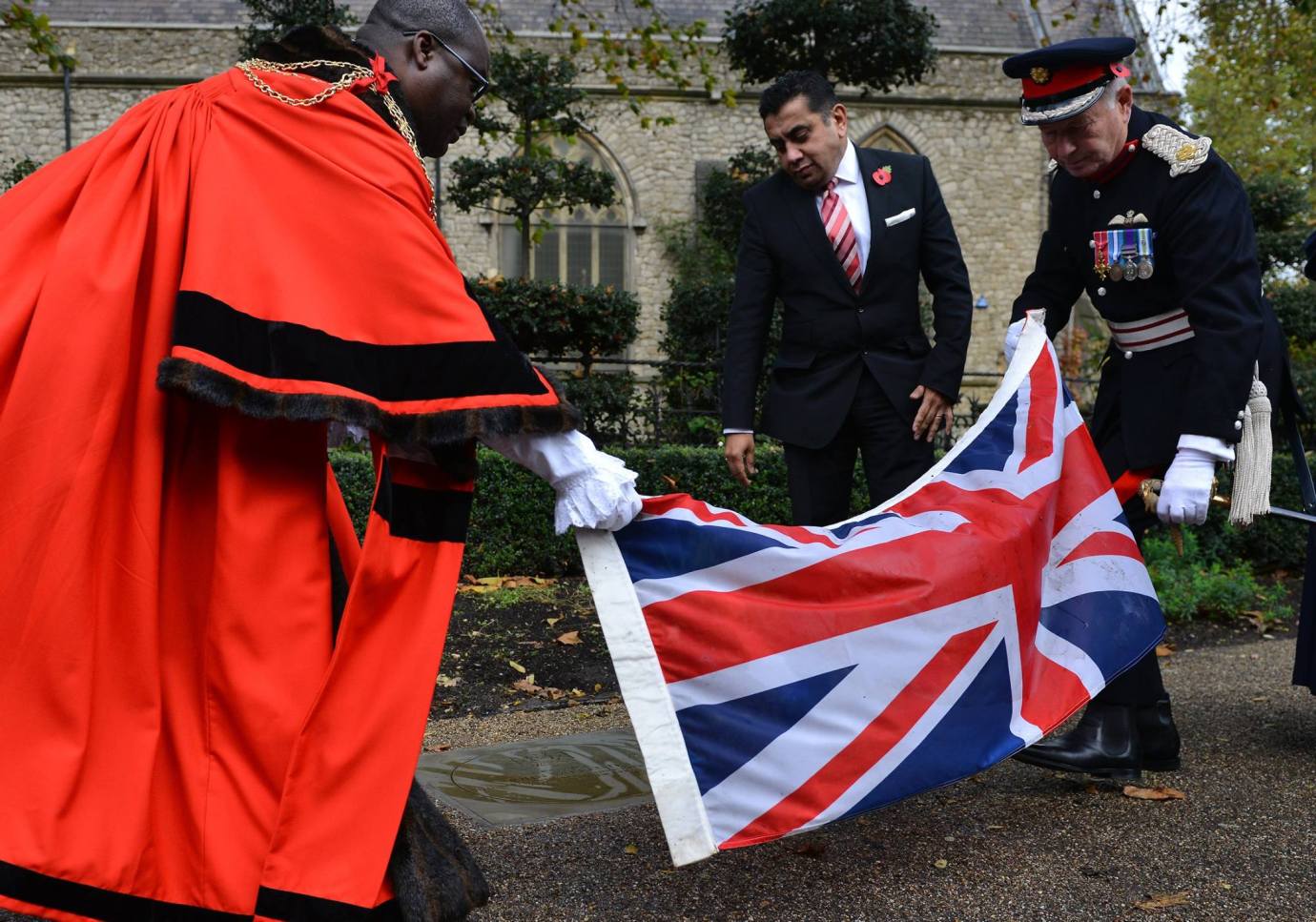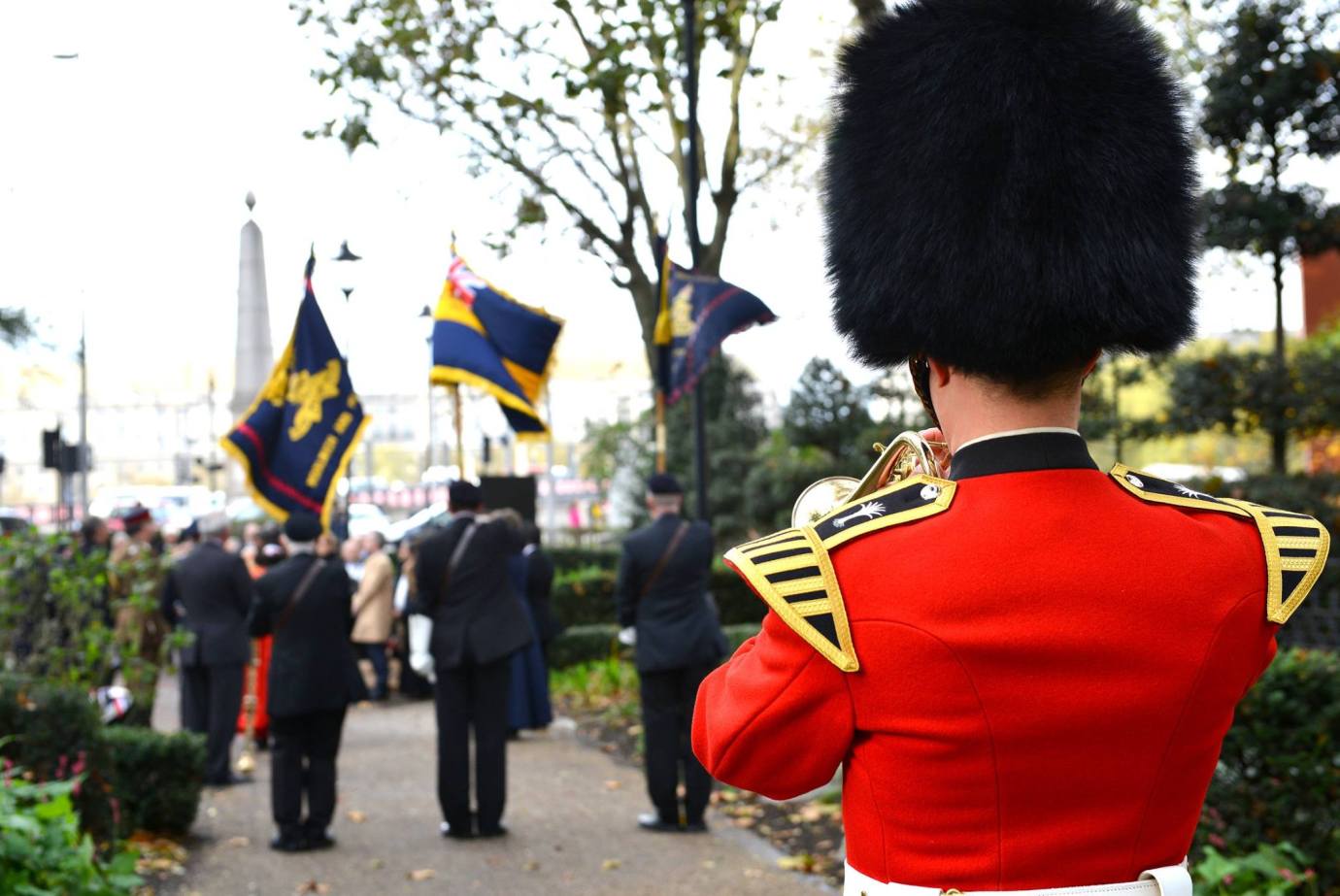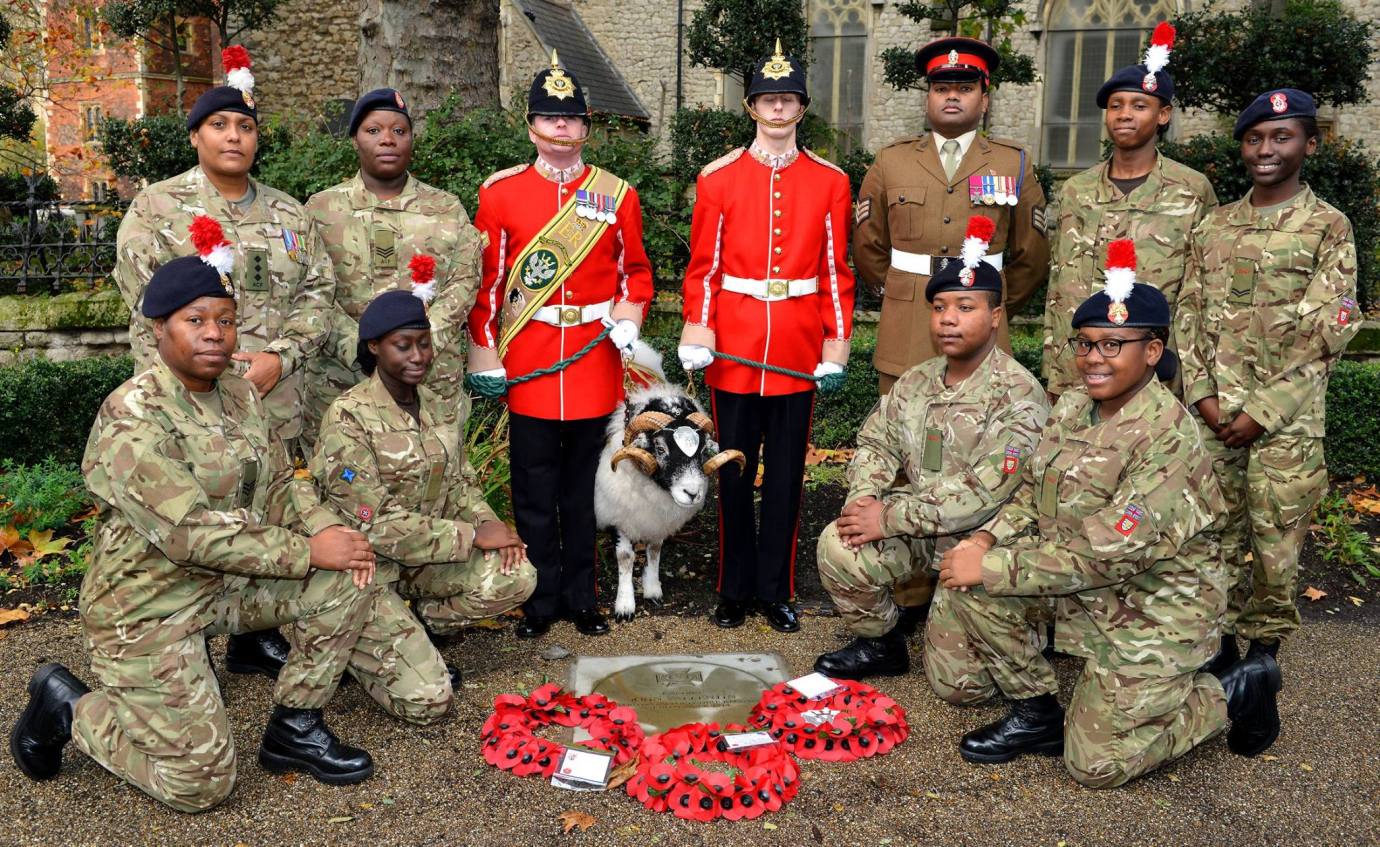
Early Life
John Franks Vallentin (1882-1914) known as Jack to the family, was born on the 14th May 1882 at 109 Lambeth Road (what is now the Metropolitan Police Forensic Science Laboratory) and was baptised in Hythe, Kent on 8th October that year. His father was Grimble Vallentin, a distiller and Master of the Worshipful Company of Distillers in 1883, 1893 and 1906-1907, who owned the Red Cross Public House, Barbican, London in 1909. His mother was Lucy Ann nee Finnis, who was born in India, but her family home was in Hythe. Grimble and Lucy had married in 1876. John had two sisters and was educated at Wellington College. His grandfather, Sir James Vallentin, also a distiller, was Knight Sheriff of the City of London in 1869, and his maternal grandfather, Lieutenant Colonel John Finnis was murdered on 10th May 1857 on the outbreak of the Indian Mutiny in Meerut.
John’s Army Career

John was commissioned into the 6th (Militia) Battalion, Rifle Brigade on 9th August 1899. The Battalion was stationed at the Curragh in Ireland. He was swiftly promoted to Lieutenant and then transferred into the 3rd (Militia) Battalion, Royal Sussex Regiment and served with it in South Africa, taking part in operations in the Orange River Colony from April – December 1901 and Transvaal until May 1902. He transferred to the 2nd Battalion, Royal Garrison Regiment at Standerton, Transvaal as 2nd Lieutenant in July 1903.
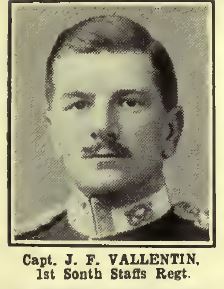
John gained a regular commission in the Royal Garrison Artillery and transferred to the South Staffordshire Regiment on 7th June 1905. He served on the North-West Frontier of India, fighting Pathans Where he captained the Regimental Polo Club and was also a highly skilled musketeer. He was promoted to Captain in 1909 and served in Gibraltar in 1911, the year that his father passed away.
The Great War
He arrived in France with his Battalion on the 5th October 1914 but was soon wounded on the 30th October at Zandvoorde. Although sent for treatment at a hospital in Ypres, he was to discharge himself from hospital to command the South Staffordshires as their most senior surviving officer.
On 7th November 1914 at Zillebeke, Belgium, when leading an attack against the Germans under very heavy fire, Captain Vallentin was struck down and on rising to continue the attack, was immediately killed. The capture of the enemy’s trenches that immediately followed was in a great measure due to the confidence which the men had in their captain, arising from his many previous acts of great bravery and ability.
Vallentin was killed during the action and his body was never found. He is commemorated on the Menin Gate Memorial in Ypres. He was unmarried and his mother administered his will. His Victoria Cross was sent by post to his mother on 9th March 1915 but was formally presented to her by King George V at Buckingham Palace on 16th November 1916.
The Citation For conspicuous bravery on 7th November at Zillebeke. When leading the attack against the Germans under a very heavy fire he was struck down, and on rising to continue the attack was immediately killed. The capture of the enemy’s trenches which followed was in a great measure due to the confidence which the men had in their Captain, arising from his many previous acts of great bravery and ability. Fourth Supplement to The London Gazette of 16 February 1915. 18 February 1915, Numb. 29074, p. 1700
Where to see his medal
His VC and other medals are held by his old school, Wellington College, Crowthorne, Berkshire.
In addition to his VC, he was also awarded the Queen’s South Africa Medal 1899-1902 with five clasps, India General Service Medal 1908-35 with clasp for “North-West Frontier 1908”, 1914 Star with Mons clasp, British War Medal 1914-20, and Victory Medal with Mentioned in Despatches oak leaf.
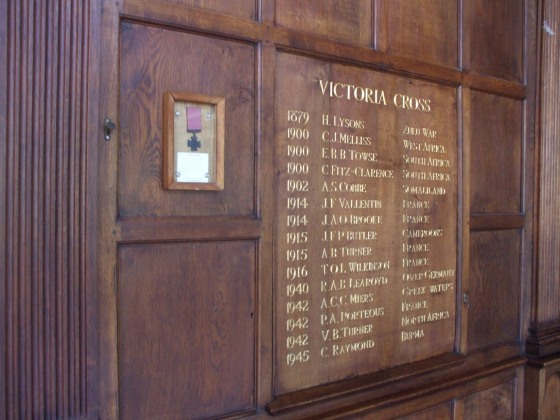

No Known Grave
John’s body was not recovered after the war, but he is commemorated at the Menin Gate Memorial to the Missing, Ypres, Belgium (Panel 35, Column 5)
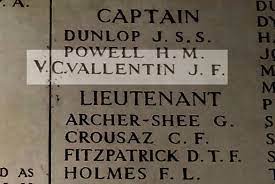
2014 Commemorative Paving Stone
A ceremonial paving stone was created as part of a campaign launched to honour all Victoria Cross recipients from WW1. A total of 628 Victoria Crosses were awarded during the First World War, and a stone for each of them will be laid in the birthplace of their recipients, to honour their bravery, within their old communities.

Victoria Cross Commemorative Paving Stone, St Mary at Garden Museum
A special memorial service to celebrate his achievements was held at the gardens of the former St Mary’s Church (Garden museum) on 7th November 2014.
The paving stone was unveiled by the Mayor of Lambeth Cllr Ade Aminu, communities minister Lord Ahmad of Wimbledon and Wing Commander Mike Dudgeon, vice lord lieutenant of Greater London.
“The stone that we lay here today is a small token of our gratitude and I hope that for many years to come it will remind us all of the gallantry of the brave men of this community and their role in the history of the First World War.”
Lord Ahmad
Also attending the ceremony were serving soldiers from the Mercian Regiment, which counts the South Staffordshire Regiment among its antecedents. They brought with them their Regimental Mascot, Swaledale Ram Private Derby the 30th, who was escorted by the Ram Major, Corporal Philip Thornton, and the Ram Orderly, Private Jake Seagar. Sergeant Jim Fellows a pensioner from the Royal Hospital Chelsea was among the veterans from the Staffordshire Regiment attending. Joining the parade and service were soldiers from local military units representing the present and the future of military service: Reserve soldiers from The London Regiment, and cadets from 74 Royal Regiment of Fusiliers.
Victoria Cross recipient Sgt Johnson Beharry VC, from the Princess of Wales’s Royal Regiment, was a living reminder that servicemen today share the same selfless courage and sense of duty as those being remembered from 100 years ago.
Listen to the speeches courtesy of https://www.london-se1.co.uk/news/view/7936




